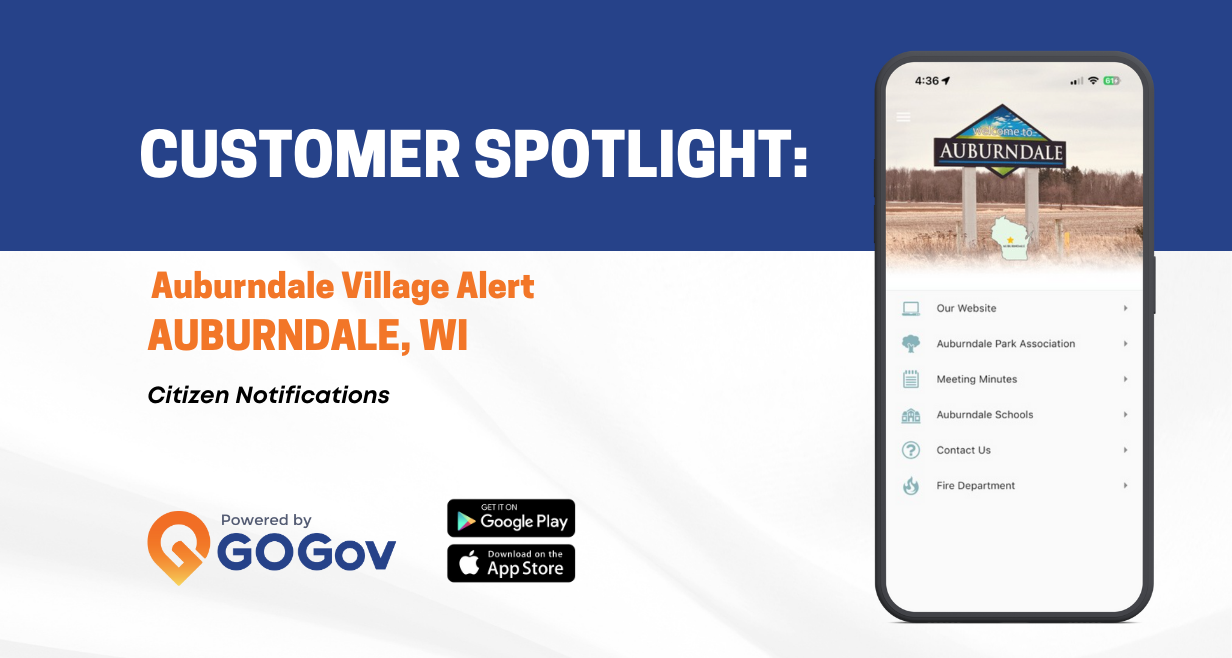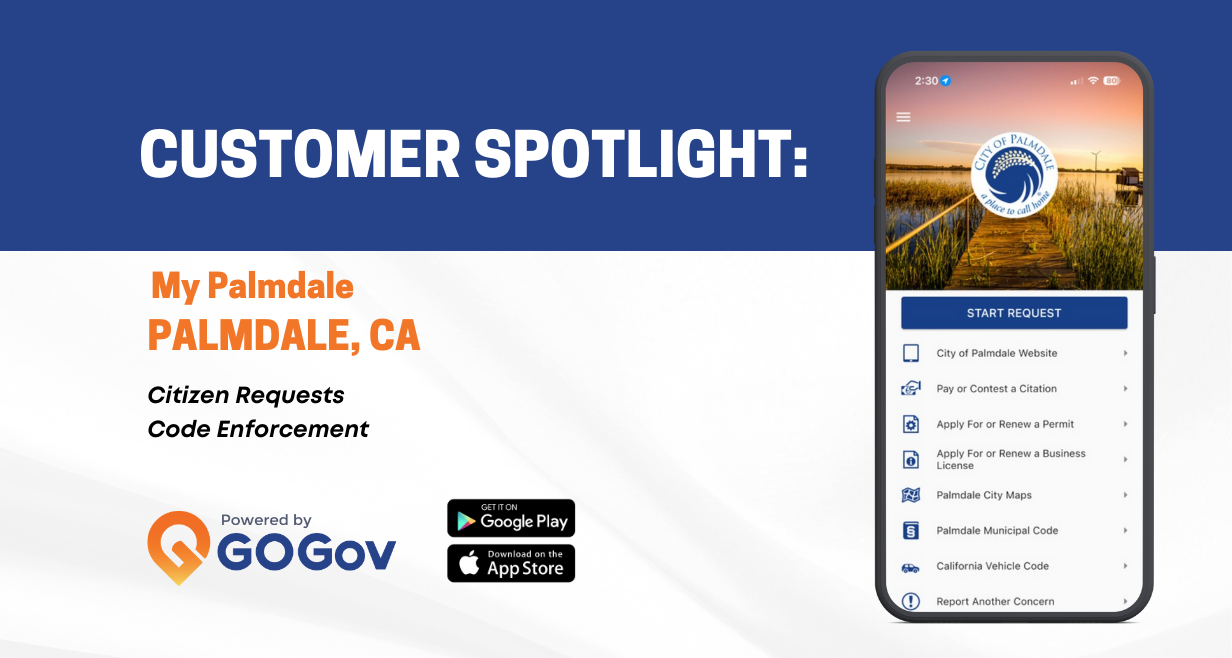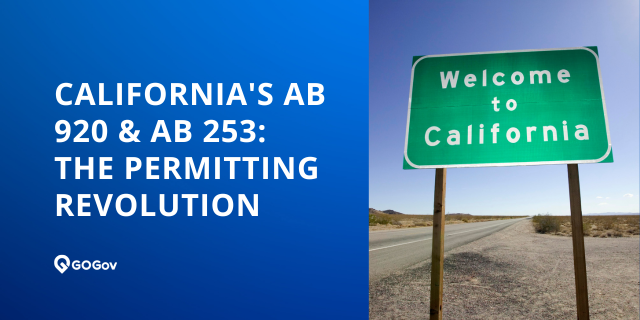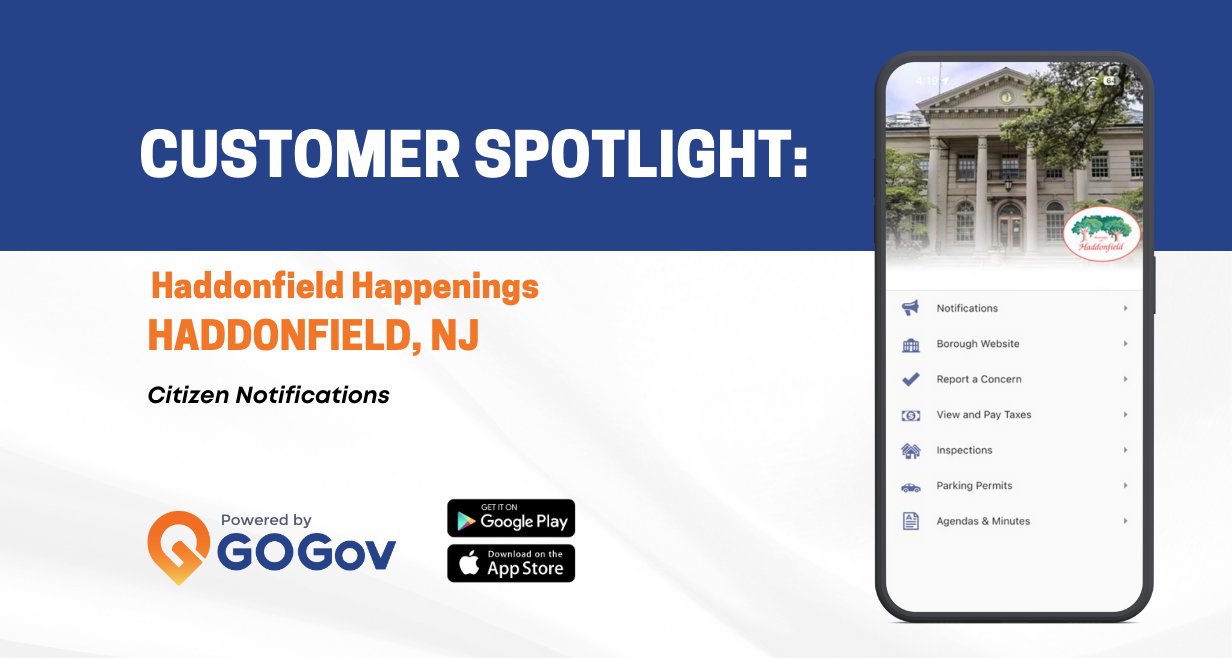Departments

Administrative


IT


Building


PIO


Clerks


Police & Fire

Code Enforcement


Public Works


Elected Officials



If we had a dollar for every time we heard "code enforcement software is too complicated for a small town like ours," we could probably fund every small municipality's digital transformation across the country. This persistent myth has become the go-to excuse for local governments hesitant to modernize their code enforcement operations, but it's time to set the record straight.
The reality? Small municipalities often benefit more from code enforcement software than their larger counterparts, and the implementation is typically easier, faster, and more cost-effective than most decision-makers imagine.
Why This Myth Persists (And Why It's Wrong)
The complexity myth stems from outdated assumptions about government software from the early 2000s, when municipal technology solutions were indeed clunky, expensive, and required extensive IT infrastructure. Small town officials remember horror stories of complicated implementations, endless training sessions, and software that promised simplicity but delivered headaches.
But here's what's changed: Modern code enforcement software solutions are built specifically for ease of use, with intuitive interfaces that mirror the consumer apps your staff already use daily. The learning curve isn't measured in months—it's measured in hours.
Consider this: If your code enforcement officer can navigate Facebook, send text messages, and use a smartphone camera, they already possess every technical skill needed to master modern code enforcement software. The complexity barrier is largely psychological, not technical.
Small Towns, Big Challenges: Why You Need Software More Than Large Cities
Small municipalities face proportionally greater code enforcement challenges than large cities, making digital solutions not just helpful but essential for effective operations.
Resource Constraints Hit Harder: While a large city might have 20 code enforcement officers covering different specialties, small towns typically operate with 1-2 officers handling everything from overgrown lots to business license violations. Every minute spent on administrative tasks is a minute not spent in the field addressing community concerns.
Personal Relationships Complicate Manual Processes: In small communities where "everyone knows everyone," maintaining consistent, fair enforcement becomes challenging with manual systems. Digital workflows ensure every case follows the same process, regardless of personal relationships or political considerations.
Limited Administrative Support: Large cities have clerks, assistants, and specialists to handle paperwork. Small towns expect their code enforcement officers to be investigators, administrators, and community relations specialists simultaneously. Code enforcement software eliminates much of this administrative burden automatically.
Budget Accountability Demands Efficiency: Small municipalities can't afford inefficient processes. Every dollar spent on unnecessary administrative time is a dollar not available for community improvements. The efficiency gains from automation often pay for the software implementation within the first year.
Real Small Town Success: The Numbers Don't Lie
Electric City, Washington, with a population of just 1,000 residents, provides a perfect example of how small municipalities thrive with modern code enforcement technology. Located in Grant County next to Banks Lake, this small town faced significant challenges with inefficient follow-through, miscommunication, and unorganized violation tracking before implementing GOGov's code enforcement solution in 2023.
Before GOGov, Electric City's compliance office would send letters sporadically, but follow-through was inconsistent and unorganized. The city needed a transparent, accessible process that would allow all employees to access notes, track past violations, and manage progress efficiently.
After implementation, the transformation was immediate and measurable. Records Clerk Tasha Enochs reports that the entire staff can now assist with administrative tasks, and the city has seen remarkable improvements in compliance. "We're noticing a lot of differences in the city, people are cleaning up their issues on a quicker basis," she notes.
The software now handles everything from creating new cases and generating letters to producing monthly reports for City Council meetings. Most importantly for this wildfire-prone region, vegetation violations—critical for resident safety—are now managed efficiently and consistently.
Breaking Down the "Complexity" Myth, Feature by Feature
Myth: "The software will be too complicated for our staff to learn"
Reality: Modern municipal code enforcement software is designed with the same user experience principles as consumer apps. If your staff can use email and smartphones, they can master code enforcement software in hours, not weeks.
Myth: "Implementation will disrupt our operations for months"
Reality: Cloud-based solutions require zero IT infrastructure changes. Most small municipalities are fully operational within 2-4 weeks, including data migration and staff training.
Myth: "We'll need expensive training and ongoing technical support"
Reality: Comprehensive training is included with implementation, typically requiring just 2-4 hours total. Ongoing support is available by phone, email, or video call—no expensive consultants required.
Myth: "The software won't understand our unique local processes
"Reality: Modern platforms are designed for customization without complexity. Your existing workflows and letter templates can be replicated digitally, often with improved efficiency and consistency.
The Small Municipality Advantage: Why Implementation is Actually Easier
Small municipalities enjoy several advantages that make code enforcement software implementation smoother than in larger organizations:
Simpler Decision-Making: With fewer stakeholders and shorter approval processes, small towns can move from evaluation to implementation much faster than large bureaucracies.
Unified Workflows: Small departments typically have consistent processes across all officers, making standardization and automation straightforward.
Direct Communication: Staff members work closely together, facilitating quick adoption and collaborative problem-solving during implementation.
Immediate Impact: Changes and improvements are visible immediately in small operations, creating positive momentum and buy-in from all stakeholders.
The Cost Reality: Software Pays for Itself
Small municipalities often assume code enforcement software represents a significant budget burden, but the math tells a different story. Consider a small town with one code enforcement officer processing 15 cases monthly:
Manual Process Costs:
- 3 hours per case (administrative tasks) = 45 hours monthly
- Officer time at $25/hour = $1,125 monthly in administrative costs
- Annual administrative cost: $13,500
Digital Process Costs:
- 0.5 hours per case (automated administrative tasks) = 7.5 hours monthly
- Officer time at $25/hour = $187.50 monthly in administrative costs
- Software cost: Typically $200-400 monthly for small municipalities
- Annual total cost: $4,650-$7,050
Annual savings: $6,450-$8,850, plus improved compliance rates, faster case resolution, and enhanced community relations.
Start Simple, Scale Smart
The beauty of modern code enforcement software lies in its scalability. Small municipalities can start with basic case management and automated letter generation, then gradually add advanced features like citizen reporting portals, integrated mapping, or automated inspection scheduling as their comfort and needs grow.
This approach allows small towns to realize immediate benefits while building toward more sophisticated operations over time. You don't need to implement every feature on day one—start with what matters most and expand as your team gains confidence.
Ready to Bust This Myth in Your Own Community?
The complexity myth has prevented countless small municipalities from accessing tools that could transform their code enforcement operations, improve community relations, and free up valuable staff time for proactive community service.
Don't let outdated assumptions hold your community back. Modern code enforcement software is designed specifically for ease of use, quick implementation, and measurable results—especially for small municipalities ready to work smarter, not harder.
Ready to see how simple it really is? Schedule a personalized demonstration of GOGov's code enforcement solution and discover why hundreds of small municipalities have already busted this myth and transformed their operations. The only thing complex about waiting is explaining to your community why you didn't act sooner.
















